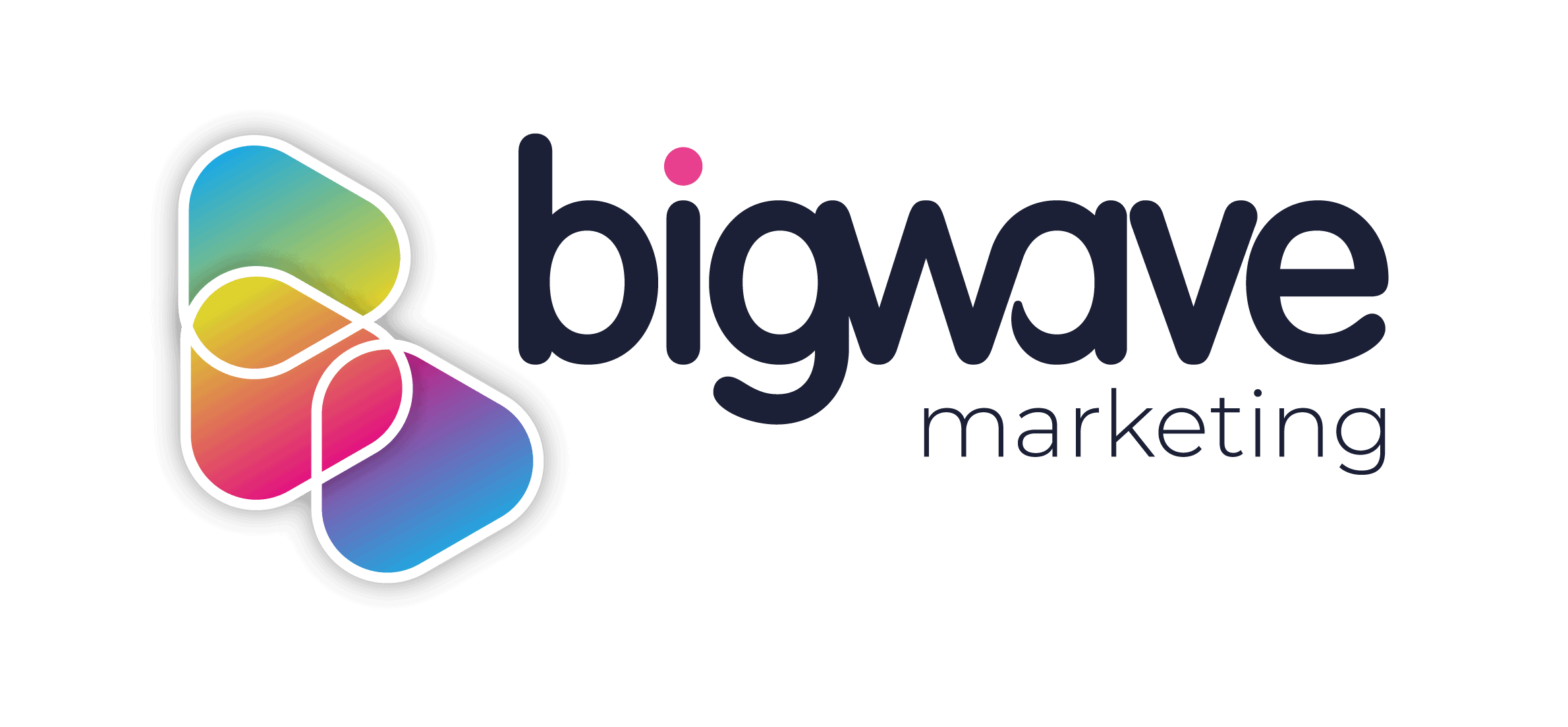In this guide, we discuss the ins and outs of analytics to help propel your business’s growth in 2022. Data is now more accessible than ever, and not only that, but it’s cost-effective and widely available. From the clicks on your website to browsing history, customer behaviour and research, and mailing list signups, people can now access data for almost anything, and the opportunity to collect, examine and analyse data will help your business gain a competitive advantage in its market.
Successful analysis of data takes time and requires you to make forward-thinking decisions to drive value to your business or organisation. If you’re just getting started on the basics, this blog will summarise everything you need to know.
What is Analytics?
At its simplest, analytics is the process of turning data into insights. In the business world, analytics has become essential for making decisions about everything from product development to marketing strategies.
Why is Analytics Important for Businesses?
Analytics is critical for marketing because it helps businesses understand what’s working and what’s not. By understanding which marketing campaigns are most effective, businesses can save money and resources by focusing on the strategies that are yielding the best results.
The Types of Analytics
There are several types of analytics in marketing, including social media, blogs, websites, and email analytics. Some tools allow you to track and monitor your insights across all your channels, rather than individual, like Google Analytics. For social media analytics, you can access insights directly in the applications as well as through third-party tools.
Where to Track Analytics
You can track a variety of metrics in analytics, including website traffic, page views, conversion rates, time on site, and bounce rates. You can also track engagement metrics, such as likes, comments, shares, and mentions. Countless tools can help you measure these metrics, and with advanced options, you can gain more accurate data.
There are many analytics tools available, both free and paid. Some popular free options include Google Analytics and Hootsuite. Paid options include Marketo and Adobe Analytics.
Ways to Get Started on Analytics
The first step is to identify what you want to track. Once you know what you want to track, you can choose the analytics tool that best suits your needs. Some tips for using analytics in marketing include:
- Define your goals and objectives
- Collect data from multiple sources
- Clean and organise your data
- Analyse your data to identify trends and patterns
- Use analytics to drive marketing decisions
If you’re not sure where to start, consider using a free tool like Google Analytics to help you understand who is visiting your website and understand your audience’s behaviour so you can keep them engaged.
Reasons Why You Need Analytics
There are many benefits to collecting data to help you make informed business decisions and see growth across various avenues, as well as:
- Track and measure the performance of marketing campaigns
- To understand customer behaviour
- Optimise marketing strategies
- Save money and resources
- Make better and more informed marketing decisions
- Improve customer satisfaction
- Increase sales and revenue
- Gain a competitive edge in your niche or market
- Make data-driven decisions
Analytics is critical for marketing success in the digital age. Without analytics, there is minimum to no opportunity to help your business grow. So, no matter if you’re an entrepreneur, small or large business, or organisation, you should learn and understand the ins and outs of your data to help you champion your market.
The Common Pitfalls of Analytics in Marketing
When using analytics to help reach business goals, it’s important to understand the common pitfalls businesses fall for, including:
- Not aligning analytics with business goals
- Only collecting data from a single channel or platform (like Facebook and nothing else)
- Not cleaning or organising their data
- Forgetting to identify trends and patterns
- Not filtering your data
- Not using analytics to drive marketing decisions
- Tracking the wrong metrics and not tracking conversions
- Not using analytics tools
- Relying on analytics tools instead of humans
- Not sharing insights with the rest of the team
- Failing to update analytics regularly
- Not monitoring organic search
Many of the above require an advanced understanding of analytics, and avoiding them all is going to be hard, but making mistakes is a natural learning curve that you should embrace.
Glossary of Analytics Terms
There are many terms used in marketing that seem complex at first, but once you gain an understanding of their meaning it will help you champion analytics! Take a look at the most common terms below to help you better understand analytics:
A/B testing
A/B testing is a method of comparing two versions of a marketing campaign to see which one performs better.
Analytics
Analytics is the process of turning data into insights.
Attribution
Attribution is the process of assigning credit for conversions and other desired outcomes to the marketing campaigns, channels, and keywords that drove them.
Benchmarketing
Benchmarketing is the process of comparing your marketing performance against that of your competitors.
Campaign Tracking
Campaign tracking measures the results of marketing campaigns and helps you understand which factors contribute to their success or failure.
Channel
A channel is a medium through which marketing messages are delivered, such as email, social media, or paid search.
Click-Through Rate (CTR)
The click-through rate is the percentage of people who click on a link in an email, ad, or other marketing messages.
Conversion
A conversion is the desired outcome of a marketing campaign, such as a purchase, sign-up, or download.
Cost Per Acquisition (CPA)
The cost per acquisition is the amount of money that a business spends to acquire a new customer.
Cost Per Click (CPC)
The cost per click is the amount of money that a business spends on each click of an ad.
Customer Lifetime Value (CLV)
The customer lifetime value is the total amount of money that a customer is expected to spend on a product or service throughout their life.
Data-Driven Marketing
Data-driven marketing is an approach to marketing that relies on data analytics to guide decisions about strategies, tactics, and budgets.
Email Analytics
Email analytics is the process of measuring the results of email marketing campaigns and understanding which factors contribute to their success or failure.
Engagement
Engagement is a measure of how engaged someone is with your content, such as how long they spend reading an article or watching a video.
Event Tracking
Event tracking is the process of measuring the results of specific events, such as webinars or trade shows, and understanding which factors contribute to their success or failure.
Experimentation
Experimentation is the process of testing different versions of marketing campaigns to see which ones perform better.
Funnel
A funnel is a model that shows the journey that a customer takes from awareness to purchase.
Key Performance Indicator (KPI)
A key performance indicator is a metric that is used to measure the success of a marketing campaign.
Lead
A lead is a potential customer who has expressed interest in your product or service.
Marketing Mix
The marketing mix is the combination of elements that a company uses to create and execute its marketing strategy.
Marketing ROI
Marketing ROI is a measure of the return on investment that a company gets from its marketing activities.
Micro-Moment
A micro-moment is a moment when someone is actively looking to fulfil a need.
Multi-Touch Attribution
Multi-touch attribution is a method of assigning credit for conversions and other desired outcomes to the multiple marketing campaigns, channels, and keywords that drove them.
Omni-Channel Marketing
Omni-channel marketing is an approach to marketing that takes into account the multiple ways that customers interact with a company.
Organic Search
Organic search is the process of finding and ranking web pages in search engines without paying for ad space.
Paid Search
Paid search is the process of finding and ranking web pages in search engines by paying for ad space.
Path to Purchase
The path to purchase is the journey that a customer takes from awareness to purchase.
Retargeting
Retargeting is a form of online advertising that shows ads to people who have previously visited your website or interacted with your brand.
Search Engine Marketing (SEM)
Search engine marketing is the process of finding and ranking web pages in search engines by paying for ad space.
Search Engine Optimisation (SEO)
Search engine optimisation is the process of optimising web pages to rank higher in search engines.
Social Media Analytics
Social media analytics is the process of measuring the results of social media campaigns and understanding which factors contribute to their success or failure.
Web Analytics
Web analytics is the process of measuring the results of website visits and understanding which factors contribute to their success or failure.
Data and analytics are ever developing and will continue to evolve. There is now so much data available, and it can be turned into valuable insight for businesses. If you need help analysing and managing your data, why not check out our specialist SEO services?
To find out more about our marketing services, visit our website.

